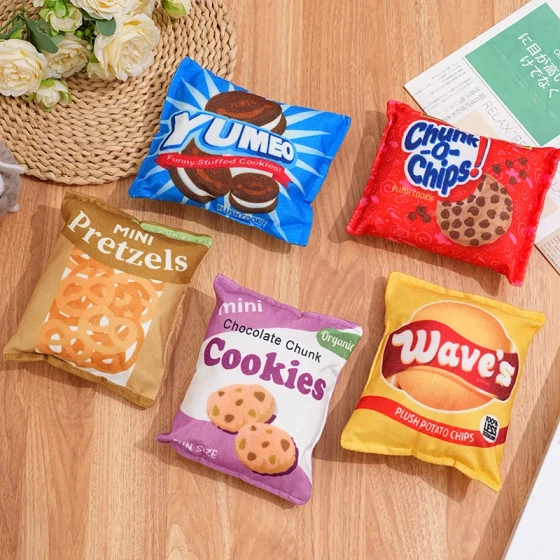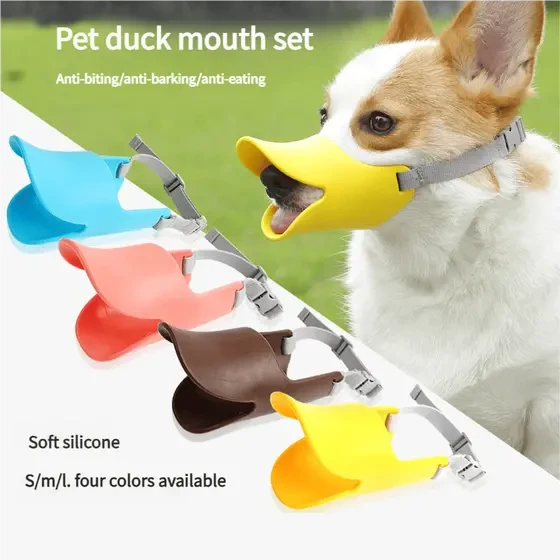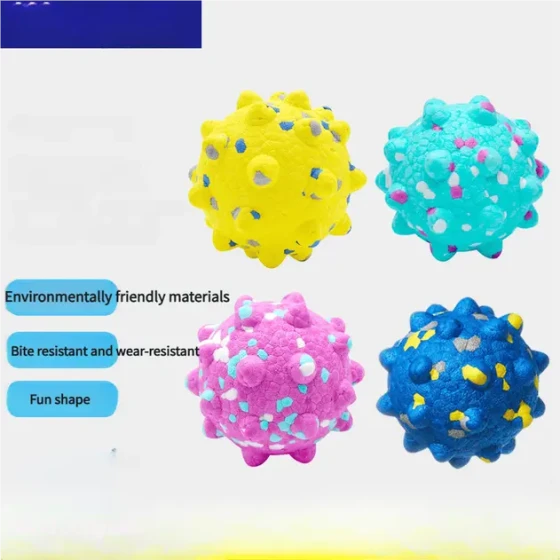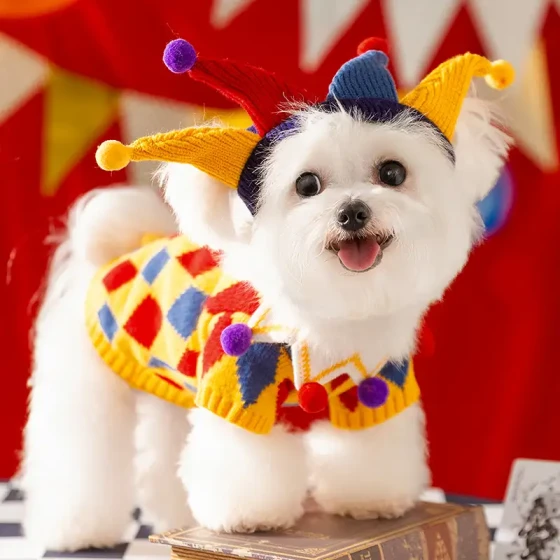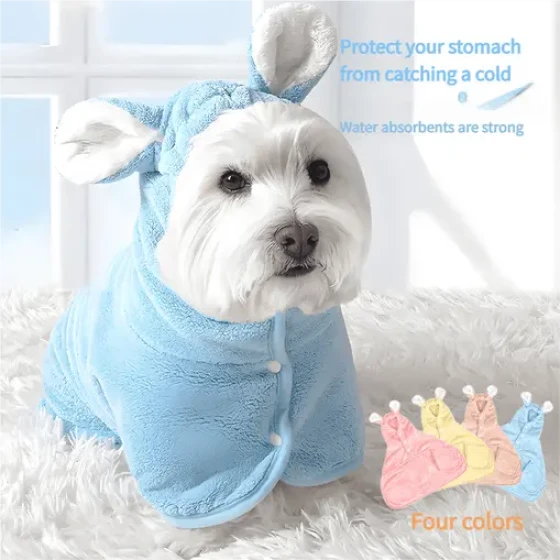How to Train Dogs to Be Obedient and Well-Behaved

1. Potty Training
Dogs usually want to relieve themselves after eating or just waking up. To help dogs develop a good habit, first prepare a larger shallow tray, and place several sheets of old newspapers soaked with the dog's own urine inside. Then put the tray in the bathroom or a corner of the balcony. Dogs generally sniff their own feces scent and will relieve themselves in the tray.
If the dog urinates or defecates anywhere else in the house, owners should immediately press the dog's nose to the spot and tell it, "No urinating or defecating here in the future." Finally, clean the area with soapy water to remove the smell. Otherwise, the dog will be tempted to soil that spot again because of the lingering scent.
Of course, dogs won't always immediately behave by only using the tray at the beginning and require the owners' patient guidance. After about two weeks, the dog will gradually learn. Our dog Dudu was trained this way.
2. Training Basic Commands: Sit, Shake Hands, Roll Over
The best time to train basic commands like sitting is before each meal. Because only when dogs are hungry will they obediently listen. Owners must be patient when teaching each command; dogs usually remember after a few tries and will never forget for life. Whenever the dog learns a command, don’t forget to reward it with some dog food.
3. Preventing Dogs from Chewing Things
When puppies are teething, their teeth itch and they want to chew, so it is best to buy chew toys for them, preventing damage to furniture or other items. To avoid the dog chewing wrong items, expensive things should be placed out of reach. Once owners see the dog trying to chew something inappropriate, immediately approach it, make it sit, and say: "No!" When the dog obeys, praise it with petting or dog biscuits.
4. Preventing Dogs from Eating Random Food
Dogs may pick up random items from the street or eat food offered by strangers. This habit is very bad as it can easily cause intestinal diseases and promote picky eating habits.
To train dogs not to accept food from others, first have them sit quietly to show obedience. Then place the food in front of the dog and block it with your hand, commanding "Wait to eat." If the dog disobeys and tries to eat immediately, tap its nose as a warning. When the dog sits obediently, say "You can eat now." After repeated training, the dog will learn.
5. Training to Stop Excessive Barking
Dogs have few ways to express themselves, usually barking to alert owners. But some dogs bark excessively when excited, scared, or in pain to get attention.
Whenever the dog barks excessively, owners should first check the cause. Dogs generally do not bark randomly; different barks indicate different emotional needs. If the dog is indeed barking without reason, owners should teach it, using a firm tone: "Quiet, no barking." If repeating three or four times has no effect, hold the dog's chin up and use a shushing gesture. When the dog understands and stops barking, reward it.
6. Training for Going Out Walks
Owners love taking dogs for walks, and dogs love going out to play and feel free. From a young age, train dogs to wear collars when going out for safety. The collar should allow two fingers between it and the neck. When walking, it’s best the dog stays on the owner’s left side. Some dogs get very excited when going out and run ahead, leaving the owner trailing, which is tiring. When the dog pulls ahead, owners should tighten the leash and stop walking until the dog calms down. After a few repetitions, the dog will get used to it and won’t run off on future walks.
In fact, the most important thing in dog training is the owner's patience, because every dog has its own personality, and the owner understands it best. As long as we invest more time and patience, naturally the dog will learn more. Raising a dog is like raising a child, so we should cherish it.
